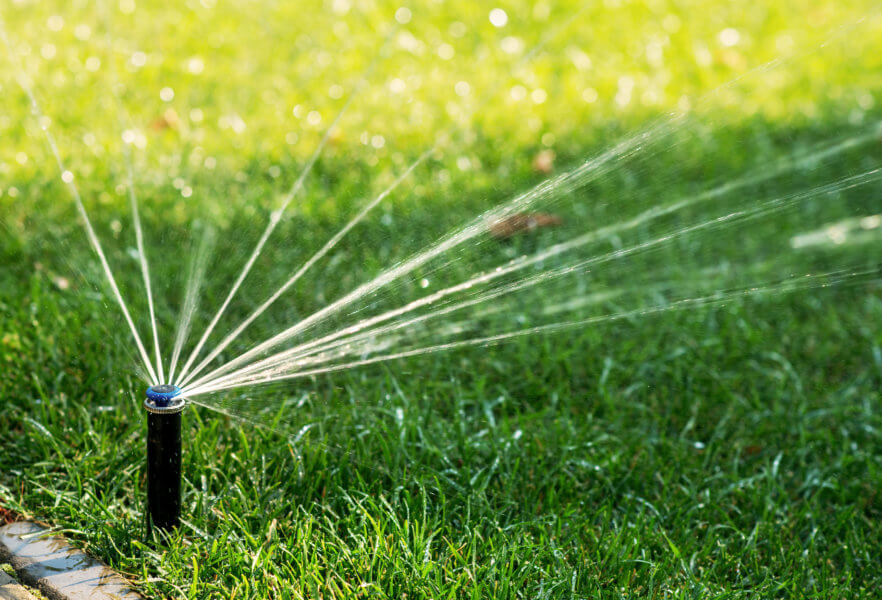
How to Properly Water Your Lawn Around the Heat
It goes without saying that your Florida lawn needs water in order to thrive. However, there is more to watering your lawn than simply turning on the sprinklers from time to time. You’ll need to follow the proper watering schedule for your grass type and local watering restrictions, while also delivering the right amount of water when your lawn needs it most. Let’s break it down how to properly water your lawn.
Adhere to Local Requirements
First of all, you should always verify the specific watering regulations in your local area. Each jurisdiction sets its own requirements as to when and how you can water your lawn and garden. Thus, it is important to follow these guidelines to avoid fines or other penalties. In general, you’ll have specific days of the week on which you can water the lawn, and there may also be regulations regarding the time of day and duration of watering.
Choose the Right Time of Day
In keeping with typical watering requirements, you’ll likely water your lawn in the late evening or early morning. This will help you avoid watering during the hottest, sunniest part of the day. When it is particularly hot outside, much of the water from your sprinklers can evaporate before it ever hits the ground. This results in water waste and prevents your lawn from getting the hydration it needs. Evenings and early mornings prevent this evaporation, making it easier for your lawn to absorb the necessary moisture.
Set Your Watering Duration
The length of time you should run your sprinklers will depend largely on the specific type of grass you have. Some grass species require more water than others, so be sure to determine exactly which type of grass you are dealing with so you know how much water it needs. The Duda Sod team is here to answer any questions you have about grass varieties and their watering requirements, so don’t be shy about reaching out for assistance as needed.
Cover Your Lawn Evenly
Don’t forget to verify that your watering sprinklers are evenly covering the entire expanse of your lawn without leaving any dry patches. Set up several cups or bowls around your lawn before running the sprinklers, and check for any that don’t collect as much water. This will let you know where you need to make adjustments for more even coverage.
Take Advantage of Rainfall
We get plenty of rain here in Florida, and if you pay attention to the weather forecast, you can make use of the additional watering for your lawn. Depending on the watering regulations in your area, you may be able to squeeze in an extra day of watering if you skip the sprinklers on rainy days. You may also be able to reduce your water bills by using your sprinklers less during rainy periods. Whenever possible, adjust your watering schedule to only water on sunny days, letting the rain do the work on other days.
Know the Signs of Over and Under-Watering
Although water is essential for your lawn’s health, that doesn’t mean that it can’t get too much or too little. If you are overwatering your lawn, it will feel mushy underfoot, and the blades won’t bounce back quickly after you walk over them. You may also notice water runoff around the edges of your lawn after watering. In extreme cases, you might also find signs of fungus, disease, or root rot.
At the other end of the spectrum, too little water can dry out your lawn, leaving patches that are brittle and yellowed. You’ll also see footprints left behind as you would with over-watering, so be sure to watch out for other signs to help you determine the specific problem. Without enough water, the soil under your grass will feel dry to the touch, and you’ll notice slow growth over time due to lack of water to the lawn.
Trust the Lawn Experts at Duda Sod
For all your lawn watering questions, Duda Sod is here to help. We can advise you as to how to bring your lawn back to optimal health, or we can provide fresh sod to fill in any damaged, diseased, or dead areas. Reach out to our team today to learn more and get started.